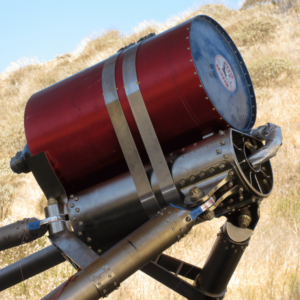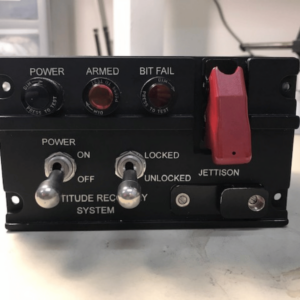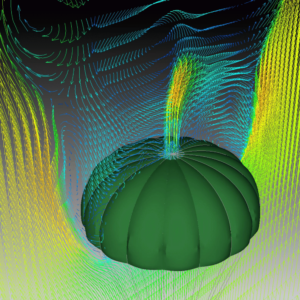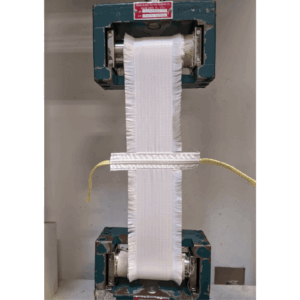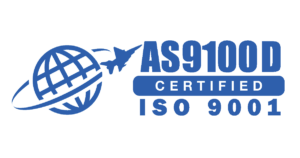We believe that successful products are born from a deep understanding of the needs and aspirations of our customers. Out approach combines rigorous research, collaborative brainstorming, and iterative prototyping, ensuring that every design decision is informed by real-world insights.
Airborne Systems follows fielded products to ensure they provide maximum capability to the user. This is done throughout continuous education, training, and support in the field.
Systems engineering tools including integrated master schedule/integrated master plan, specification compliance, validation tracking, and risk assessment are utilized to ensure project success.
In addition to the development of internal specifications for fabric, parts and equipment, Airborne Systems engineering process also includes programmatic test plans, test reports, final verification matrices and reports.

